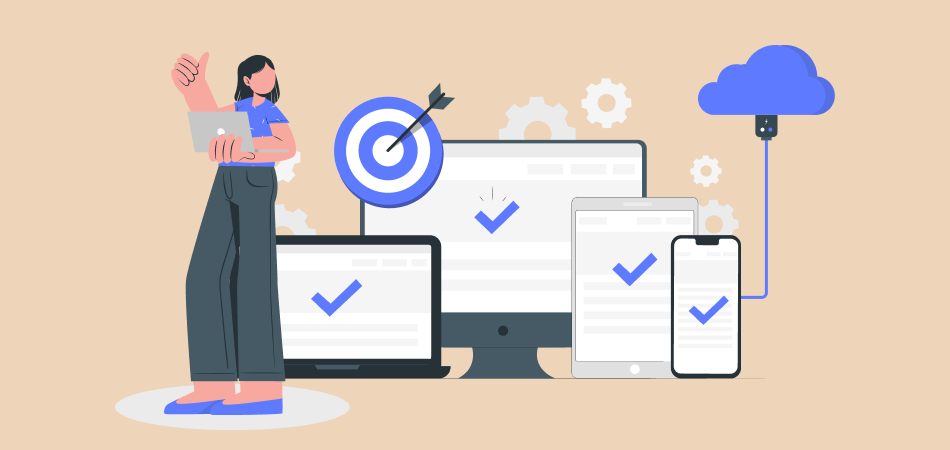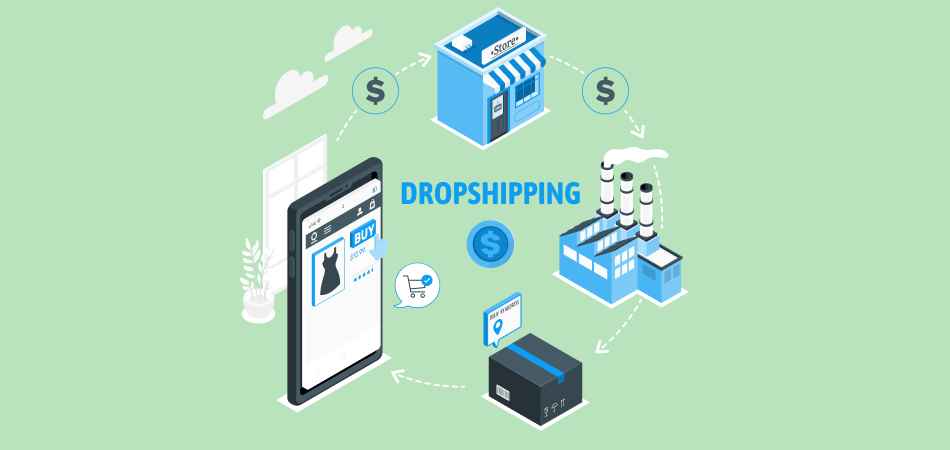What Is a Target Market and How to Define Yours

When a person plans to start their own business, the first thing that must come to mind is the target market. It consists of the most vital steps, like business branding, product selection, and finally, which you must market to.
Once you figure out that much, you'll be able to tailor your assets to resonate with the needs and preferences of your target market. First, you focus on creating a business website and then work on other crucial aspects of defining the target market.
This write-up will help you understand more about defining your target market and how to forge the best strategies to make the best out of it.
What Is a Target Market
A target market is a group of people that you want to make your potential customers through effective marketing campaigns. This group of people aligns with the characteristics of your business and helps it grow efficiently.
When choosing a target audience, one must keep certain characteristics in mind, like the demographics or behavioral patterns of the audience. For example, for a toy store, the target audience would be kids. So, marketing campaigns would be created to attract kids rather than adults.
Why Do Target Markets Matter
The only reason why target markets matter is they help businesses focus their marketing efforts on the right set of audiences or groups of people that can help the brand grow. The target audience is the set of people interested in buying products or services offered by a business.
By understanding their target audience's needs, preferences, and behavior, businesses can create more effective marketing strategies and campaigns that resonate with potential customers. Once you figure out your target audience, you'll be able to witness an increase in brand awareness, customer engagement, and, ultimately, sales and revenue growth.
On the other hand, if there's no clear target market, businesses would be only wasting their resources and marketing efforts on "spray and pray" marketing, and it fails to generate meaningful results.
How to Define a Target Market
Defining your target market is essential, or else you'll be only creating a lot of content, publishing it randomly, and hoping that it attracts the right set of audience. Even if you reach a lot of people, the chances that there'll be a few that actually help your business grow are pretty low.
Hence, you must define your target market before making any marketing campaign efforts. With that being said, let's take a look at some vital steps to define your target audience.
Step 1: Identify Existing Customers and Note Down their Characteristics
Most marketing experts suggest a "two-block method" to identify potential customers. To attract new customers, focus on your current ones and seek out potential prospects within two blocks that fit their criteria.
For example, most small businesses have a set group of customers that they're already serving. So, they can list these customers and use their characteristics to define the target market, and some of the prompts are as follows:
- Age: Don't be too specific, as choosing a range would be better; for example, 18-25 years.
- Civic Status: Determine if they're single, in a relationship, married, or have a family. This information would be required to find out if they have kids or pets later.
- Career Status: If they're working or not, or what is their current designation?
- Hobbies: What do they like to do in their free time (playing a sport, instrument, etc.)
- Problems: If they're with any major/minor problems every day or not?
- Passions: List of things they're passionate about, like artistry, climate change, or anything else.
- Their Influences and Influencers: People that look up to them and people they look up to.
In addition, you can use social media handles, personal emails, and phone calls to understand the characteristics of your customers. Once you have a list of such useful information, you can easily focus on targeting the right set of customers, that'll be your target market.
Step 2: Identify the Problems You've Solved
The next step is identifying the problems you've solved and the people that benefited from the solutions. A majority of people don't buy products or services to fulfill their needs but because they need solutions to some issues.
Identifying these difficulties and the customers feeling satisfied with your solutions will be a huge help in figuring out who wants your services and loves to pay for them.
Hence, you can add more value to your product or service and specifically mention the benefits they have been offering to your customers. Once you do that, get a deeper understanding of why your customers love to purchase your products. Create one-liners and mention your customer's pain points to grab their attention and boost your sales.
Step 3: Assess Your Data and Define Your Target Market
Once you have a ton of data up your sleeve, you must figure out if the collected data is applicable to real people or not. How will you reach your target audience? Will they find your product/service affordable, and are your customers really facing the problem you listed? You must have the apt answers to these questions, and then you must determine what your target market is.
In that case, you can do some research and find your target audience on public forums like Reddit. If that, too, doesn't work, redefine your tactics and broaden your definitions to find more people.
For example, if your audience finds your product expensive or out of their budget, restructure your pricing or focus on another audience that can use your product/service. Now, coming to the problems your customers actually have, you must talk to real people and ask if they should use your products or not.
Step 4: Compare Your Target Market With Real People
After going through the previous steps, you must have a set of target markets to focus on. Now, you must compare them with real people on social media to check if they fit the profile and to understand if the profiles need to be narrower or more specific. So, if you find too many people, it means your profile is too broad, and if you find very few of them, your profiles are too specific.
Finally, you must seek help from social media platforms like LinkedIn and Instagram to reach the perfect result. Such platforms allow you to find people with the help of specific search options and can be highly beneficial in defining your target market.
Step 5: Develop Detailed Target Market Personas
Developing detailed target market personas is essential in figuring out whether your efforts will pay or not. It seems obvious, but you must understand your target audience's needs, desires, behaviors, and pain points. Gathering this much information allows you to tailor your marketing messages and strategies to resonate better with your potential customers.
So, to develop detailed target market personas, start by researching your target audience through data analysis, surveys, and interviews. Then, please give your persona a name and add a backstory to make it more realistic.
In addition, you can use the persona to guide your marketing decisions and create content that speaks directly to your target audience. By understanding your audience on a deeper level, you can create more effective marketing campaigns that resonate with your potential customers and drive business growth.
Does AliExpress Accept PayPal?
As an entrepreneur or business owner, it is essential to identify your target market to excel in the field. Of course, brand voice and brand story are also crucial aspects of business growth, but you clearly know who you're reaching out to in both cases.
Hence, once you figure out your target market, you can properly segment your customers and serve them in the best possible way. With the steps mentioned above, you can gain more customer data and create an effective strategy after defining your target market.












 Company
Company
 Why Choose DSers
Why Choose DSers
 Blog
Blog
 Help Center
Help Center



